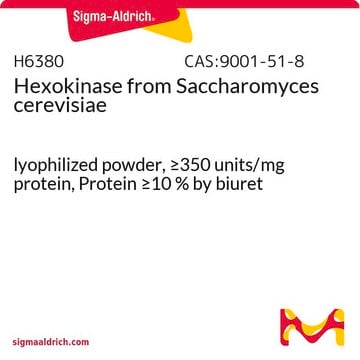Product H7779, Retinoic acid p-hydroxyanilide, can be dissolved in DMSO (25 mg/ml) and ethanol (25 mg/ml).
H7779
Retinoic acid p-hydroxyanilide
≥95%
Sinonimo/i:
4-HPR, Fenretinide, N-(4-Hydroxyphenyl)retinamide
Scegli un formato
About This Item
Prodotti consigliati
Origine biologica
synthetic (organic)
Saggio
≥95%
Stato
powder
Colore
yellow to yellow-orange
Temperatura di conservazione
−20°C
Stringa SMILE
CC1=C(\C=C\C(C)=C\C=C\C(C)=C\C(=O)Nc2ccc(O)cc2)C(C)(C)CCC1
InChI
1S/C26H33NO2/c1-19(11-16-24-21(3)10-7-17-26(24,4)5)8-6-9-20(2)18-25(29)27-22-12-14-23(28)15-13-22/h6,8-9,11-16,18,28H,7,10,17H2,1-5H3,(H,27,29)/b9-6+,16-11+,19-8+,20-18+
AKJHMTWEGVYYSE-FXILSDISSA-N
Categorie correlate
Descrizione generale
Applicazioni
Azioni biochim/fisiol
Avvertenze
Danger
Indicazioni di pericolo
Classi di pericolo
Acute Tox. 4 Dermal - Acute Tox. 4 Inhalation - Acute Tox. 4 Oral - Eye Irrit. 2 - Repr. 1B - Skin Irrit. 2 - STOT SE 3
Organi bersaglio
Respiratory system
Codice della classe di stoccaggio
6.1C - Combustible acute toxic Cat.3 / toxic compounds or compounds which causing chronic effects
Classe di pericolosità dell'acqua (WGK)
WGK 3
Punto d’infiammabilità (°F)
Not applicable
Punto d’infiammabilità (°C)
Not applicable
Dispositivi di protezione individuale
Eyeshields, Gloves, type P3 (EN 143) respirator cartridges
Scegli una delle versioni più recenti:
Certificati d'analisi (COA)
Non trovi la versione di tuo interesse?
Se hai bisogno di una versione specifica, puoi cercare il certificato tramite il numero di lotto.
Possiedi già questo prodotto?
I documenti relativi ai prodotti acquistati recentemente sono disponibili nell’Archivio dei documenti.
I clienti hanno visto anche
-
In what solvents can product H7779, Retinoic acid p-hydroxyanilide, be dissolved?
1 answer-
Helpful?
-
-
What is the Department of Transportation shipping information for this product?
1 answer-
Transportation information can be found in Section 14 of the product's (M)SDS.To access the shipping information for this material, use the link on the product detail page for the product.
Helpful?
-
-
How can one store a solution of product H7779, Retinoic acid p-hydroxyanilide?
1 answer-
A solution of product H7779, Retinoic acid p-hydroxyanilide, can be aliquoted and stored at -20°C for up to 3 months. Solutions should be protect from light.
Helpful?
-
Active Filters
Il team dei nostri ricercatori vanta grande esperienza in tutte le aree della ricerca quali Life Science, scienza dei materiali, sintesi chimica, cromatografia, discipline analitiche, ecc..
Contatta l'Assistenza Tecnica.












